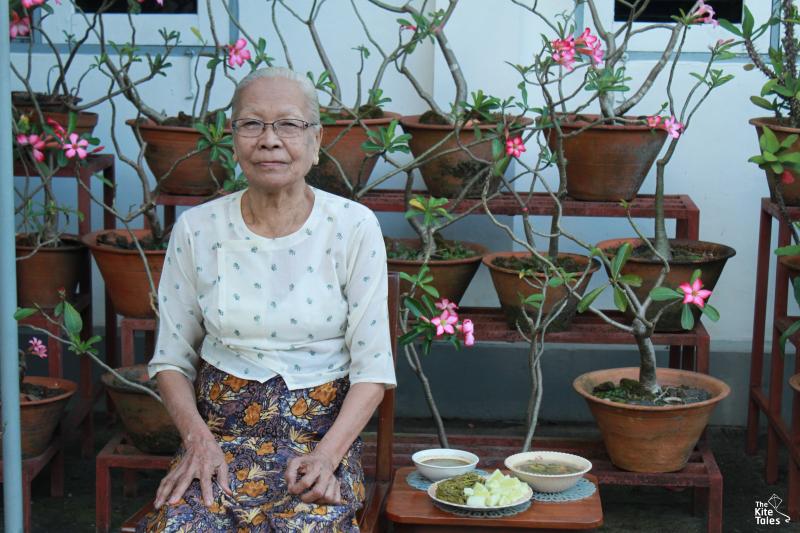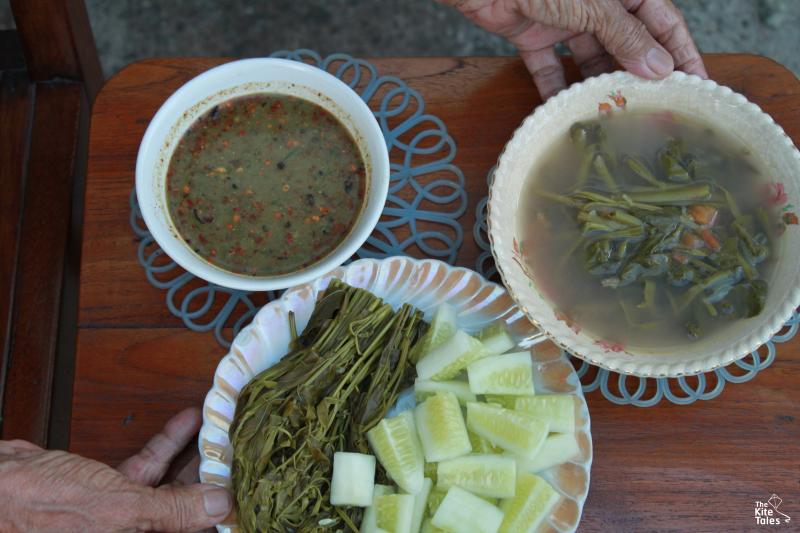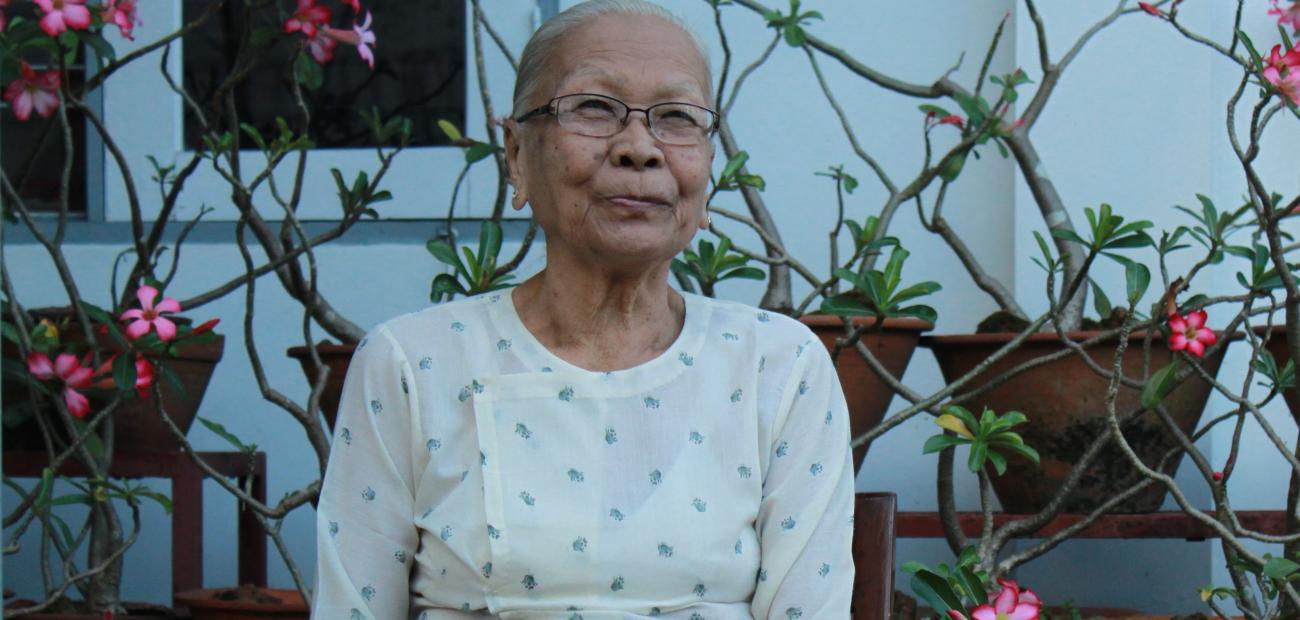In Myanmar, the practice of having live-in nannies for families with young children is an extremely common one and not limited to the privileged elite.
Domestic service was one of the few employment options for young women in the decades before the existence of industrial zones and large factories. Women and girls from rural villages across Myanmar still move to Yangon, Mandalay, or other urban centres to cook and clean. Those with a higher level of education are more likely to be entrusted with looking after the family’s children.
Sometimes close bonds are forged in these arrangements and the women stay on as dependants long after the children are grown. But for others the picture is not so rosy. Myanmar does not have formal legislation protecting domestic workers and leave days, working hours and bonuses are at employers’ discretion, leaving domestic staff vulnerable to abuse. In a country with a scant social safety net, even those in happy households are reliant on their employers for the roof over their heads.
Than Than left her village just outside Yangon to help care for a sick relative and later moved to the home of a stranger to take care of their three children. Almost five decades later she is still employed by the same household. The children she devoted most of her life to looking after now see her as part of the family.

“I first came to this house to look after the children, but I ended up cooking here too because I love it when people enjoy my cooking.
“When I first arrived, in my late 30s, the middle child was only six weeks old and the youngest wasn’t even born yet. I’m now in my 80s. The kids have grown and are living abroad.
“The Kayin village where I’m from is outside Yangon. It has changed so much. We used to have to walk through paddy fields to get there. It now has a road.
“Girls in the area now work in factories, not in people’s homes. If there were factories in my time, who knows what would have happened. I would’ve liked to try that too.”

Asked to pick a thing she would pass on to future generations, she chose her favourite food.
“These are very typical Burmese dishes that you would see in most homes, especially if they are not very well-off. I grew up eating them since I was a child, and I also fed this to the children I was looking after, so they grew up eating them too.
“You have Nga Pi, a fermented fish that you would buy from the market but add hot water and chilli flakes. You eat that with fresh or boiled vegetables. Some people would turn up their noses at Nga Pi because it’s pungent and it’s poor man’s food, but I love it.
“A Burmese meal is also not complete without a bowl of soup - either a clear soup or a sour soup, like the one here. This one is made of roselle leaves and the sourness comes from tamarind.”
(Interviewed in Oct 2015)





